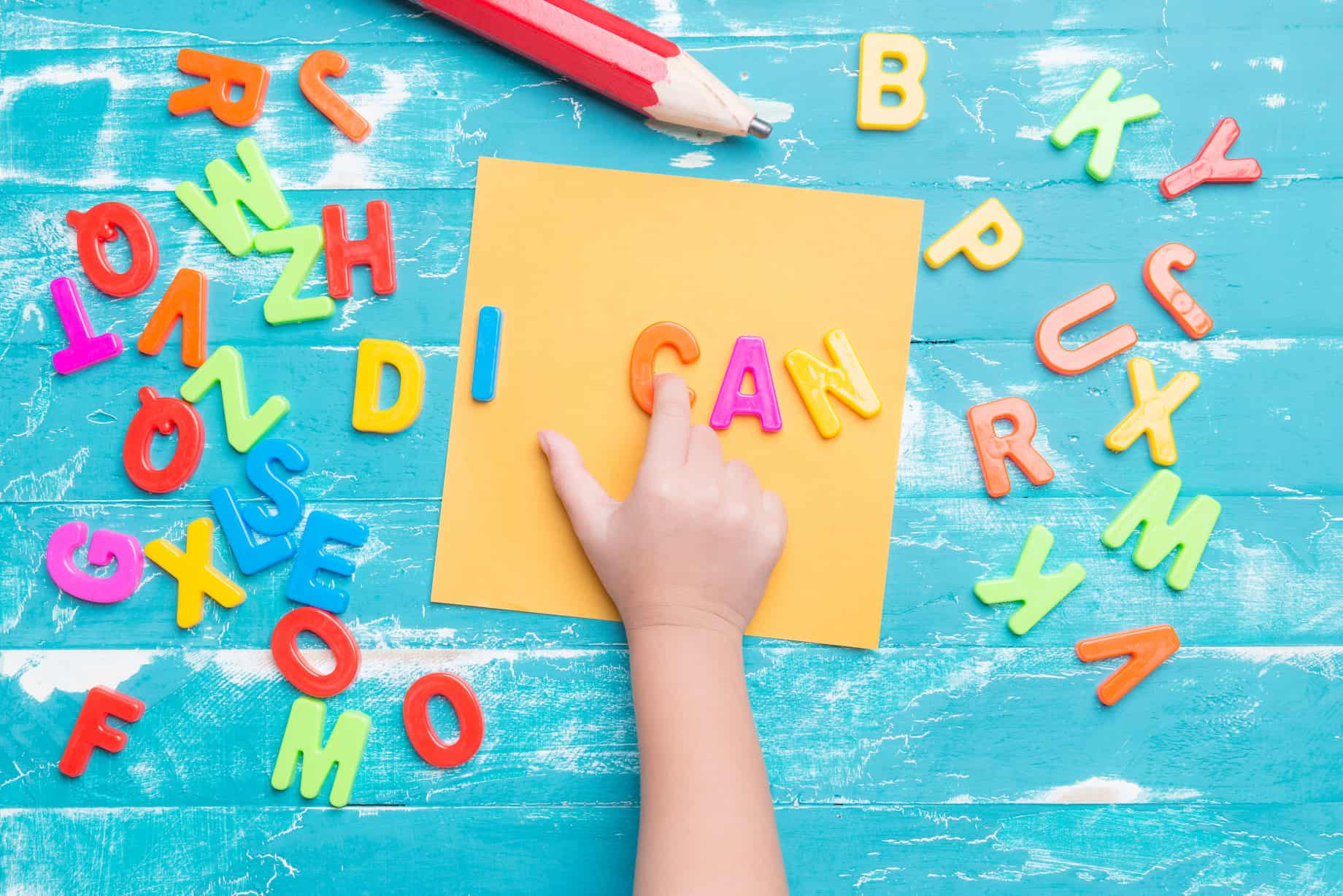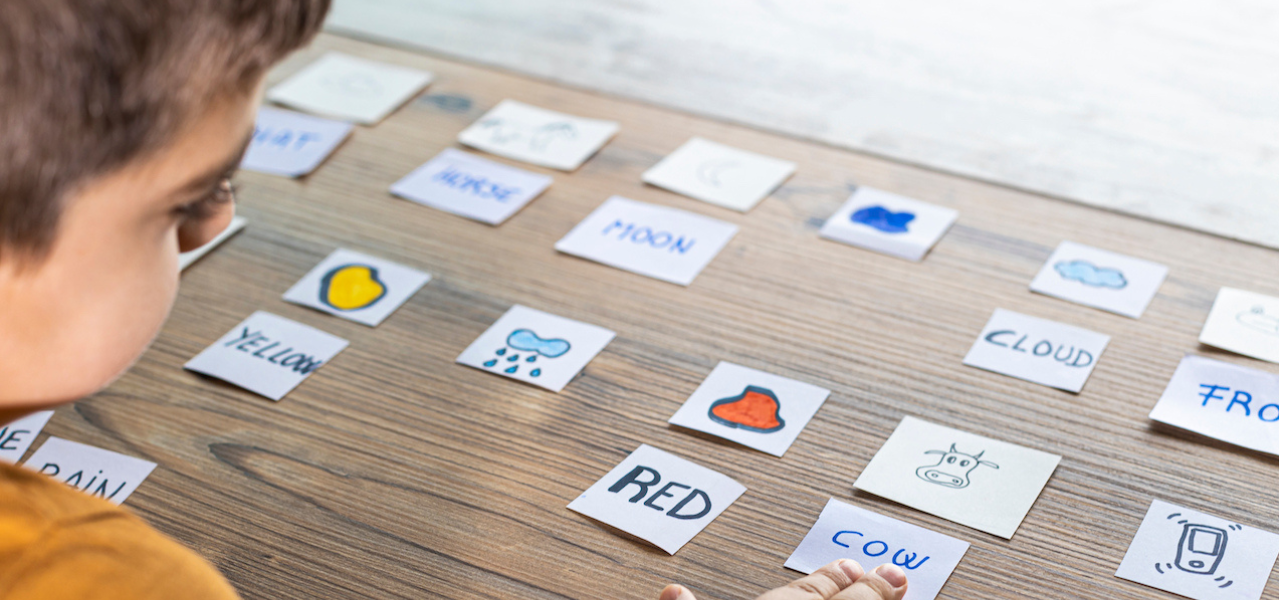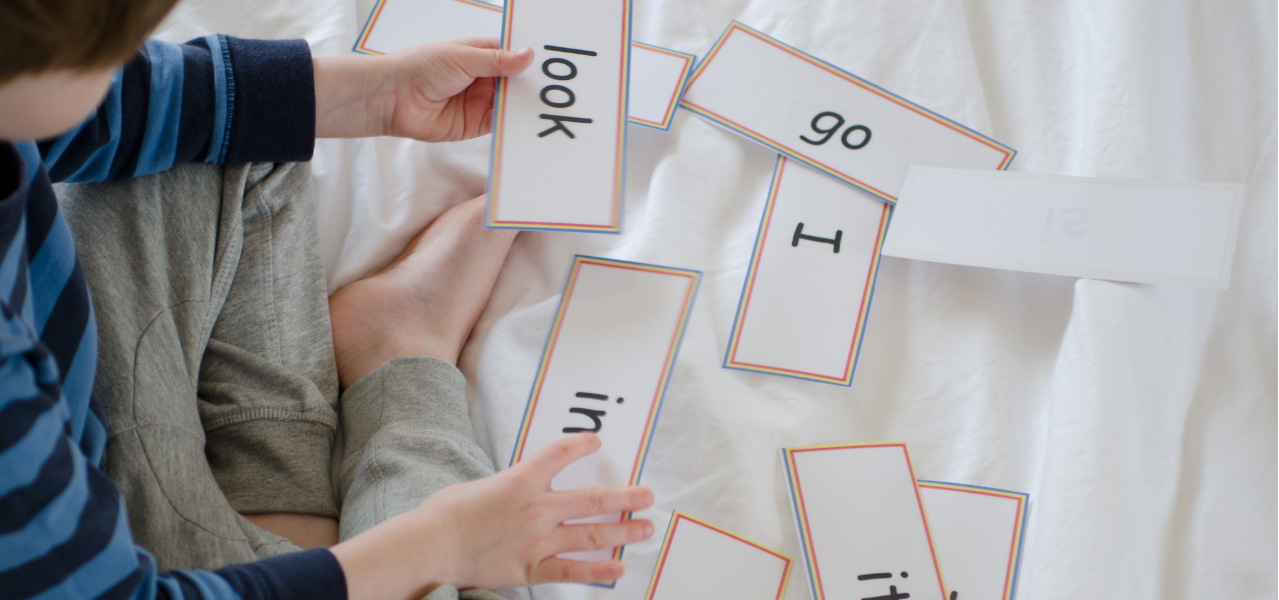20+ Sight Word Activities for Preschool and Kindergarten
Share
Make learning high-frequency word feel like play with engaging activities designed for preschoolers and kindergarteners.
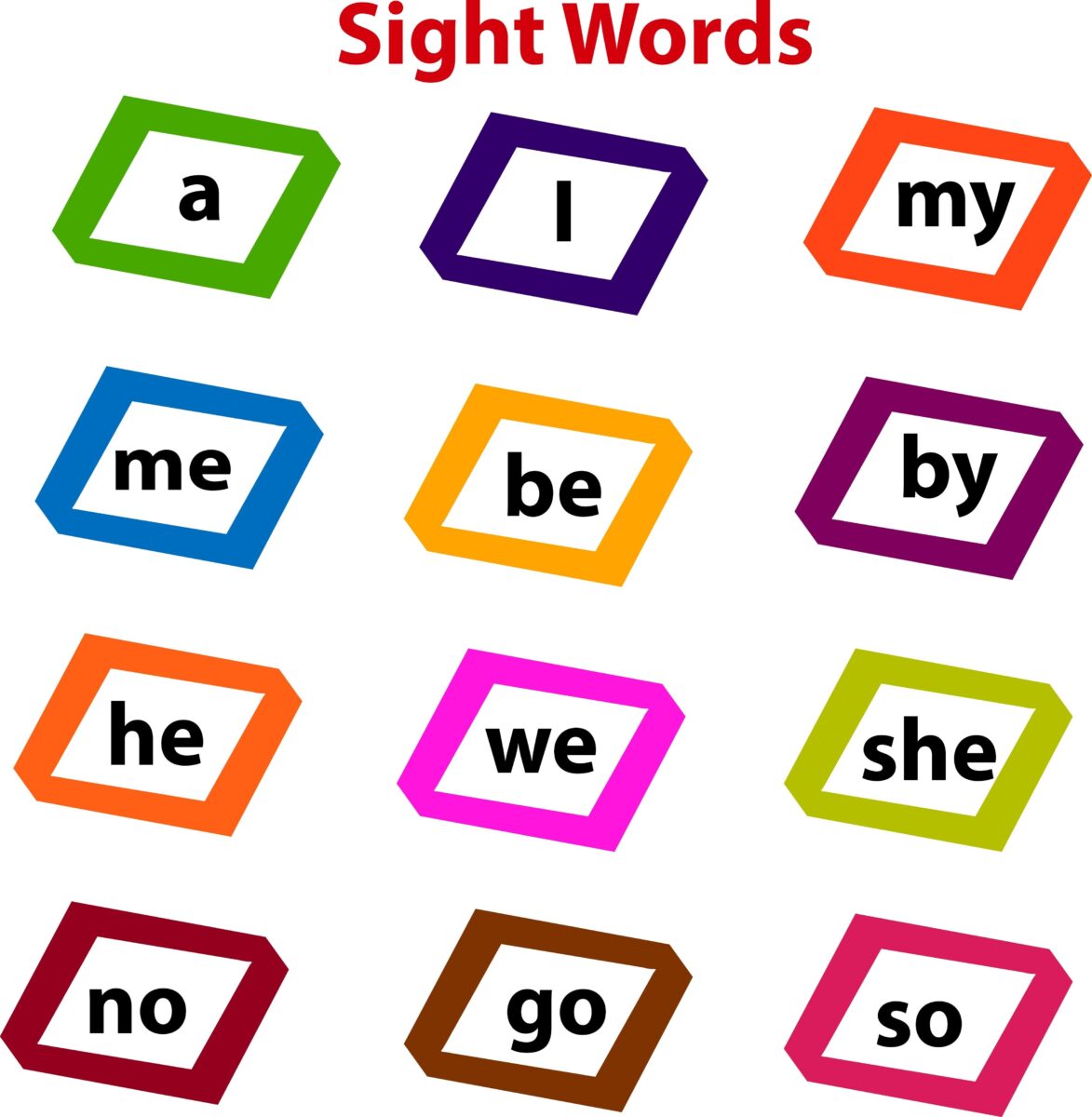
Learning high-frequency words (also known as sight words) doesn’t have to mean endless drills—adding play-based activities makes the process fun and engaging for young children. High-frequency words are common words like the, and, said, and you that kids encounter often in reading. Since many of these words don’t follow regular phonics rules, recognizing them by sight can help build reading fluency.
Using hands-on activities allows preschoolers and kindergarteners to interact with words in a meaningful way, helping them remember and retain what they learn. Check out our list of activities below to add into your child’s learning.
Tip: When encountering high-frequency words, work with your child to try decoding them first with the phonics rules they already know. Some sight words are tricky to sound out. Learn more about teaching decodable and irregular sight words here and access our sight word resources here.
Sight Word Activities for Preschoolers
Sight Word Stamps
Write out a sight word, then roll out some playdough. Give your child letter stamps and ask them to find the letters that match the word and use them to stamp out the sight word into the playdough. Repeat with as many words as you like, re-rolling the playdough each time.
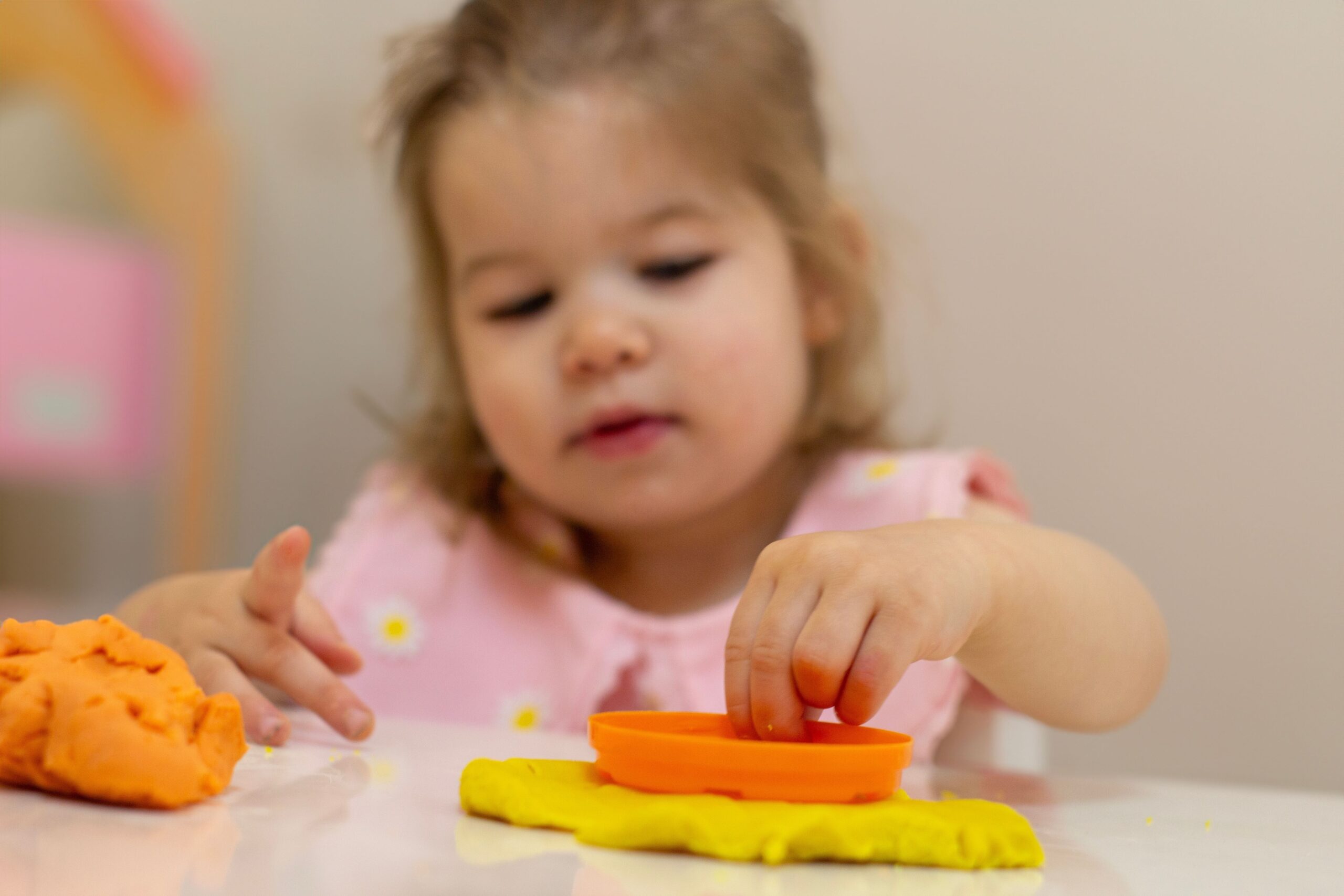
Drive the Words
Use chalk to write sight words in large letters on the sidewalk. Then, use toy cars to “drive” along, tracing each letter with the car and saying it out loud as you go.
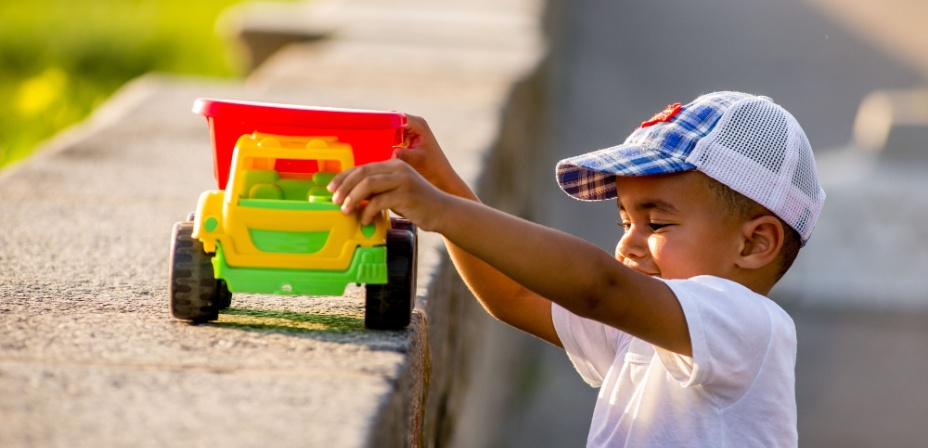
Tip: This works just as well with toy animals or dolls who can walk, trot, or run along the word.
Connect-the-Dots
Preschoolers are just learning to write, so give them a hand by writing sight words with dashed lines for them to trace and connect. As they gain experience, you can make the lines lighter and the dashes farther apart to increase the challenge.
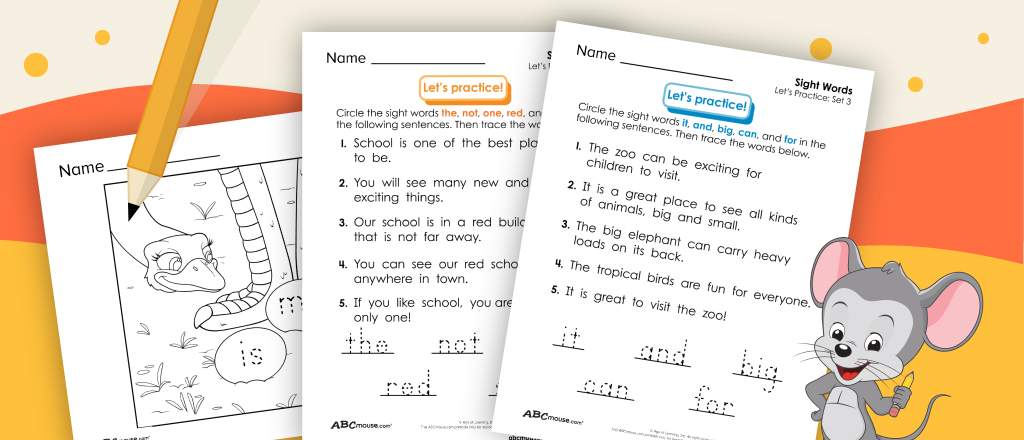
Tip: Print out our free Sight Word Tracing Worksheets for Preschoolers for this activity.
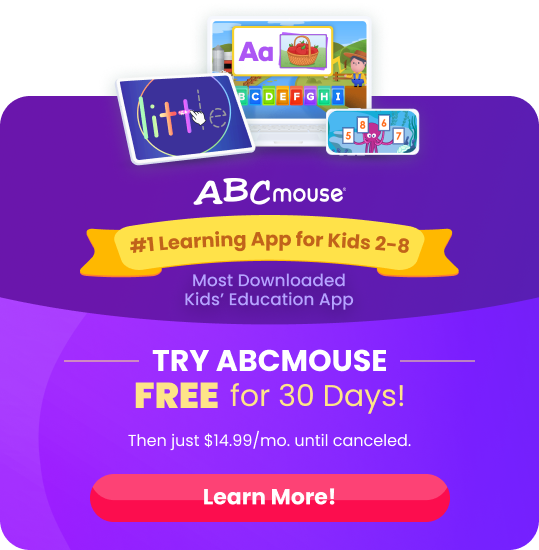
Sight Word Eggs
Write high-frequency words on strips of paper and tuck them into plastic eggs, and make a list of the words on a piece of paper. Then, have your child open each egg and match the word on the strip of paper with one of the words on the list. For extra impact, have them read the words out loud too.
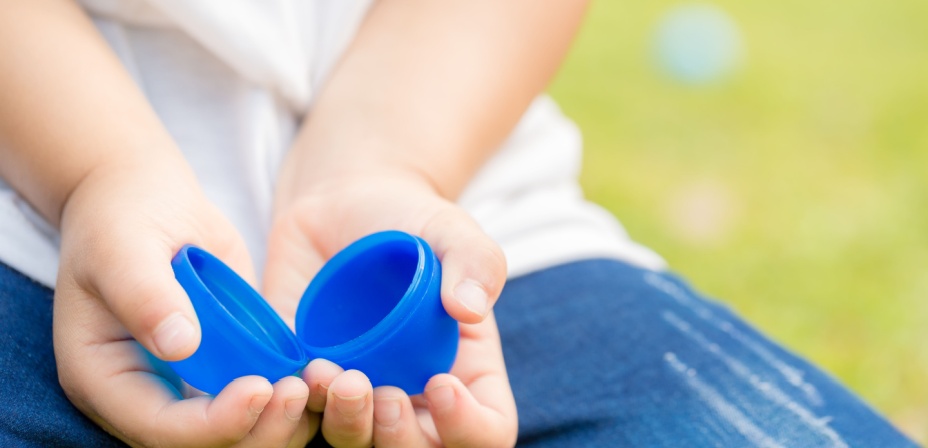
Tip: Not sure what words to use for this activity? Try our list of CVC words. While these aren’t all considered sight words, they’re simple enough to work on with little learners.
Matchbox Match-Up
Create a high-frequency word “parking lot” for your child’s toy cars! Draw parking spots and label each with a sight word. Write the same words on labels (masking tape works well) and stick them to the tops of the cars. Have your child drive each car into the “lot” and park it in the proper spot, matching the sight words.
Sand Dig
Fill a container with sand and bury the letters of a specific sight word (use letter magnets, letter beads, or other manipulatives). Ask your child to dig through and find the letters, then arrange them to form the sight word.
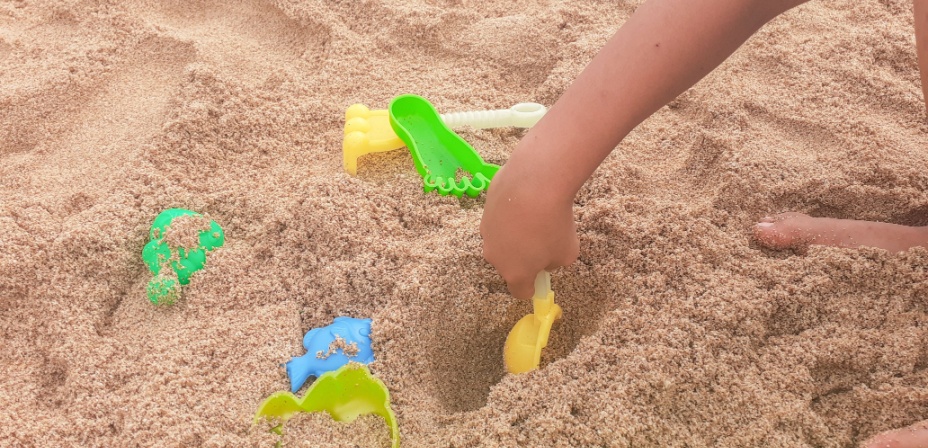
Tip: Your child will likely need to see a list of words to help guide them in laying out the correct letters.
Letter Match Up
Write out a high-frequency word on a piece of paper, leaving some space in between each letter. Give your child magnetic letters and ask them to match the letter to the ones they see written on the paper. Then work together to identify and say the word aloud.
Sight Word Activities for Kindergarteners
Sight Word Scavenger Hunt
Begin by selecting a set of high-frequency words that your child is familiar with. Write a high-frequency word on one side of the card. On the back of the card, write a clue to where your child will find the next high-frequency word. You will likely need to read the clues to your child, so keep up with them as they race around the house (or yard) looking for clues.
Next, hide each clue around your home, making sure they’re in spots your child can easily and safely access. Start the hunt by handing your child the first clue. Use our examples below to help get started.
| Sight Word | Clue | Where Clue is Hidden |
| my | Find the place where your belongings stay, your toys, your clothes, and where you lay. | Their bedroom |
| you | This clue is easy, it’s not too tough, look where someone might sit or lie, that’s enough. | On a couch |
| can | Where do you keep your food nice and cold? Check there, where a clue is waiting for you to hold. | In the refrigerator |
| see | Go to place where can see trees and grass, this word’s in a place that’s made of glass. | A window |
| like | Think of a space with a door that’s wide and where you keep clothes inside. | Their closet |
| go | Where do you enter when you come inside? This word’s near a door and it’s set to hide. | The front door |
Tip: Unsure of what words to use for your kindergartener? Our list of kindergarten sight words can help!
Flashlight Word Hunt
Here’s a word hunt that’s a little less effort and just as much fun! Write sight words on sticky notes and place them around the room (try to add a few to the ceiling if you can!). Then, turn out the lights and pass out the flashlights. As your child shines their flashlight onto each sight word, have them read it out loud. So fun!

Sight Word Coloring
Boost your kindergartener’s recognition of high-frequency words with our free printable Color by Sight Word Worksheets for Kindergarteners. These engaging worksheets offer three levels of difficulty, making them perfect for gradually increasing challenges as your child’s skills develop. Children use a color key associated with different sight words (high-frequency words) to complete fun, colorful images, enhancing both word recognition and color matching skills.
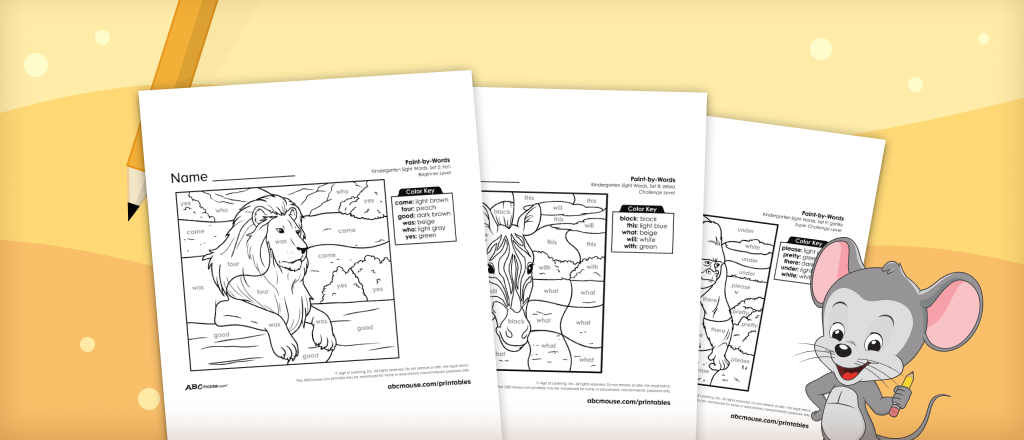
Sight Word Ride
This one takes a little prep, but kids will love it. Write sight words along a path, such as the sidewalk or a long driveway. Then, go for a ride on bikes or scooters (a walk is just fine, too!). When you reach each sight word, stop and read it out loud.
Sight Word Bingo
Bingo is a classic game that can be adapted for learning high-frequency words. Use these free printable blank bingo cards to fill in the sight words your child is working on (or use our list of first 100 high-frequency words to learn). Call the word out loud or read out definitions or sentences using those words. Bingo is even more fun when there’s a small prize or snack to win at the end!
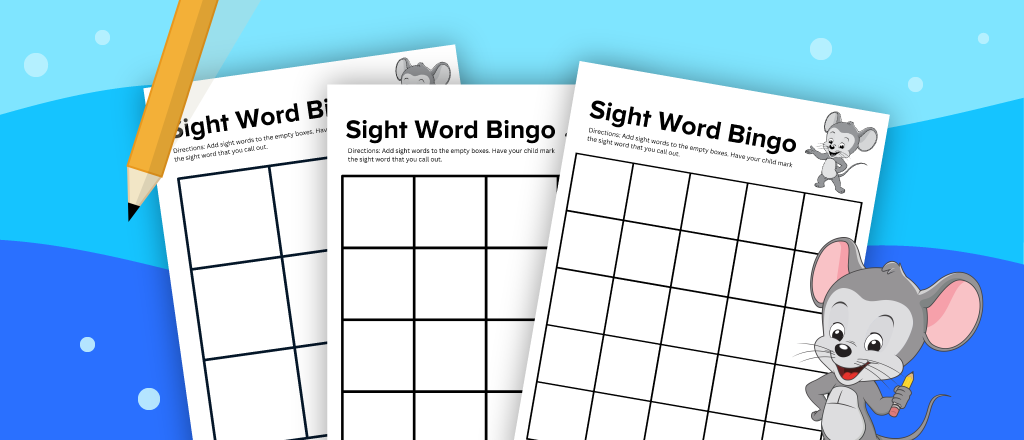
Sight Word Matching
Create two sets of sight word flashcards and lay them face down on the floor or table. Your child will take turns flipping over two cards at a time, attempting to find matching sight words. This activity is fun to play with a parent, sibling, or friend and can be adjusted to include more words as your child’s vocabulary grows.
Shaving Cream Words
This is a classic and popular sight word activity for a reason! Let your child spread shaving cream out on the table (or a baking pan). Read out high-frequency words and ask them to use a finger to write the words in the shaving cream. Bonus: Shaving cream does a great job of cleaning up the surface when you wipe it off!
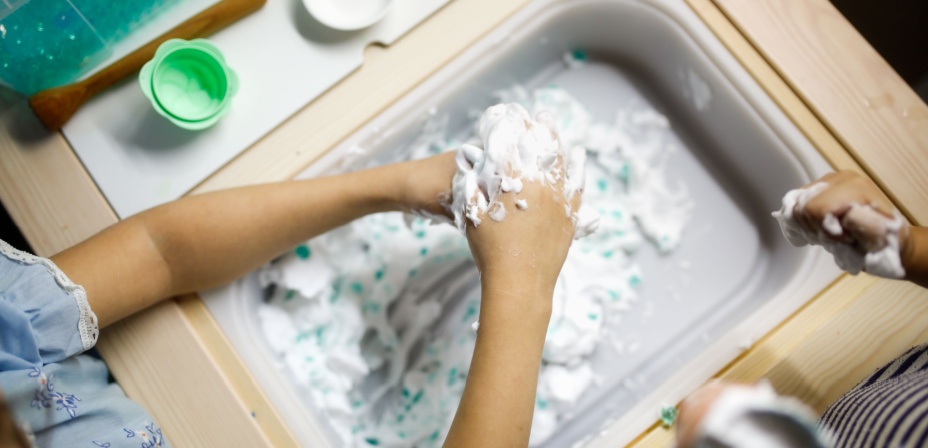
Word Puzzles
Write several sight words on a sheet of paper, with one sight word per piece of paper. Cut each word into 3 to 5 squiggly parts depending on how difficult or easy it needs to be for your child. Task your child with putting the word back together.
Mix them up and give them to your child. Your child can then solve the puzzles by assembling the pieces in the correct order while saying the word aloud.
Tip: As your child’s skills progress, mix up all several pieces from several different puzzles, making it more challenging for them to identify the pieces that form each sight word.
Sensory Play with Sight Words
Provide a flash card of a sight word and have your child create sight words using materials like kinetic sand, pipe cleaners, or playdough. You can also have your child trace the word into sand, dirt, dried oatmeal, or rice to practice writing the word.
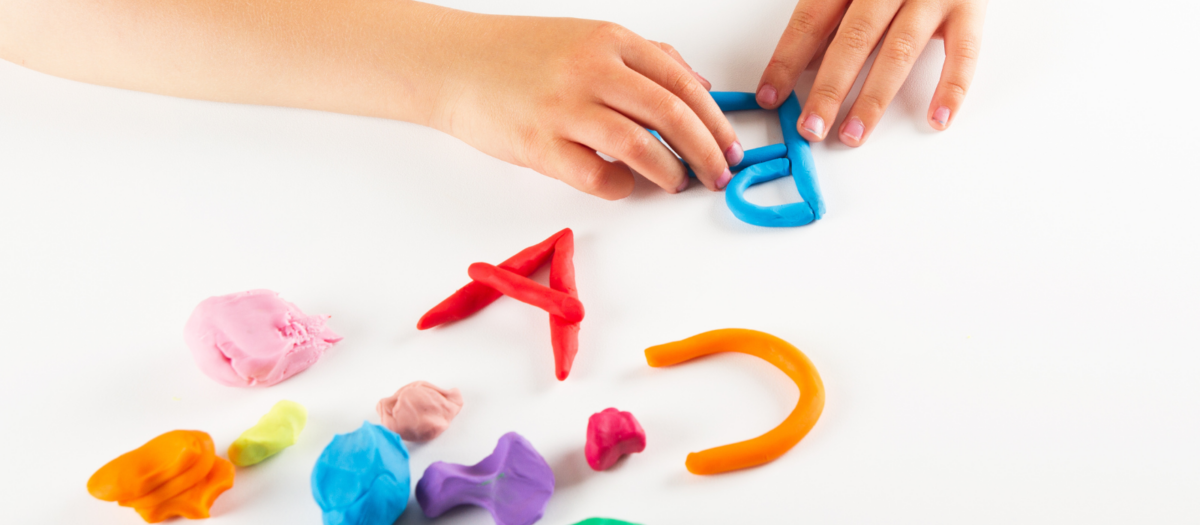
Sight Words in the Wild
How many sight words can you spot while you’re out and about? Look for them on road signs, storefronts, and anywhere else you find written words. Make it a contest—who can spot the most sight words in one hour? Alternatively, leave the house with two or three sight words that you’re looking for–see who can spot them first!
Sight Word Hopscotch
head outdoors and draw a hopscotch grid on the ground. Fill each square with a high-frequency word. Challenge your child to say each word out loud as they land on it.
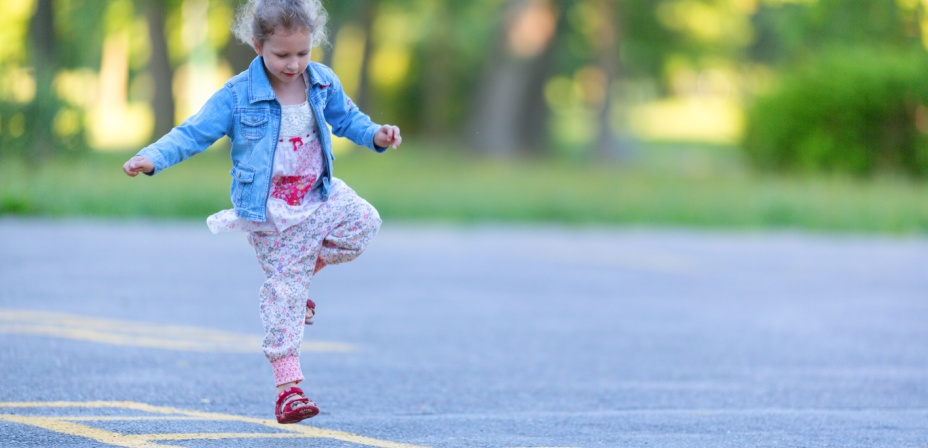
Musical Chairs Sight Words
Put a musical twist on learning sight words. Place word cards on chairs in a circle. Play music and have your child walk around the chairs. When the music stops, they must read the word on the chair they’re closest to before they can sit down.
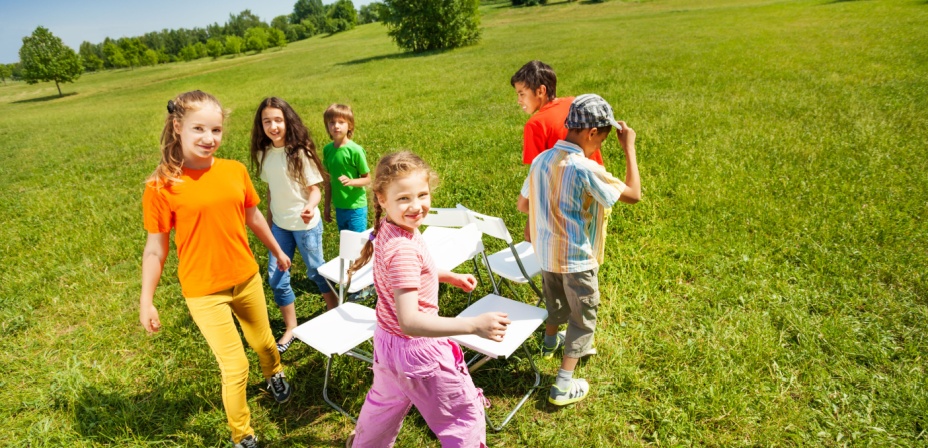
Rainbow Writing
Add a splash of color to sight word practice with rainbow writing. Have your child write each sight word using different colored markers or crayons. They can even try writing each letter a different color for a truly colorful experience!
Tip: If your child isn’t ready for writing words on their own yet, give them our free printable word tracing sheets for kindergarteners to use.
Outdoor Water Spray Sight Words
Take the learning outdoors with this fun activity. Write down words on a chalkboard or pavement and have your child read them aloud. Every correct word they read they get to erase them by squirting them with water. You can use a squirt gun, spray bottle, a hose, or even just a cup of water.
Online Sight Word Games
Online learning games like those at ABCmouse can have a big impact. Our expert-designed games teach and reinforce high-frequency words in an interactive way. Check out some of our favorites below. Please note that some of these games may require an ABCmouse subscription to play.

In this game, children help Carla find her way to the Golden Gate Bridge by identifying sight words along a path.

This game is great for preschoolers and young kindergarteners. Children practice tracing multi-colored sight words, helping them gorw familiar with these common words.

Kids will delight in “catching” the fireflies with the sight word they hear in this outdoor-themed sight word game.
Benefits to Active Sight Word Learning Activities
There are some great benefits to physical activities like these! Here are just a few of them.
- Active Learning: Many of these activities combine physical movement with learning, keeping children engaged and energized.
- Sight Word Recognition: By reading the sight words aloud during the game, children reinforce their recognition of these essential words.
- Motor Skills: Hopping on one foot or spraying a water bottle enhances balance, coordination, and motor skills.
- Memory Enhancement: The physical movement associated with each word can help children remember the words more effectively.
- Interactive: Children learn through hands-on experience, making learning fun and memorable.
-
Kindergarten Sight Word Activities
Make learning sight words fun with hands-on activities for preschoolers and kindergarteners! Explore games, scavenger hunts, and sensory play ideas.
-
First-Grade Sight Words List
Explore our printable sight word list for 1st graders, along with free printable practice sentences. Our list of 1st grade sight words includes words like over,…
-
Kindergarten Sight Words
Discover Kindergarten sight words with this free printable list. Our list includes words like at, it, in, is, on, to, and, the, he, be, we, are,…

